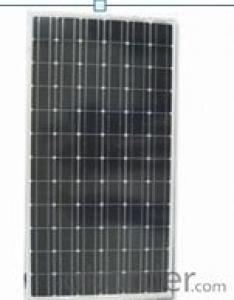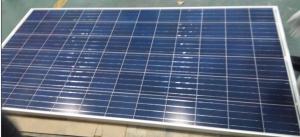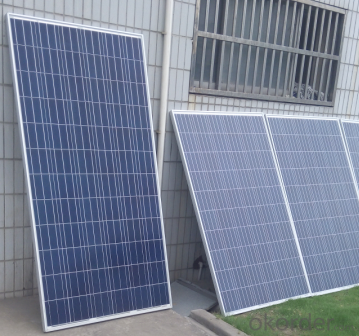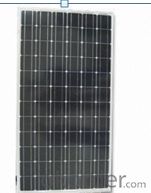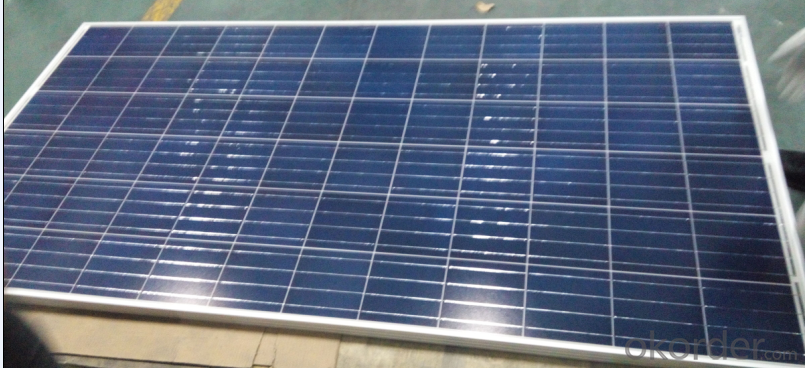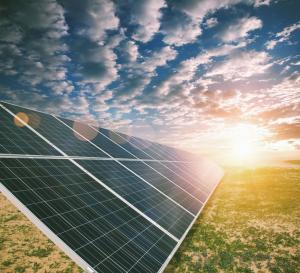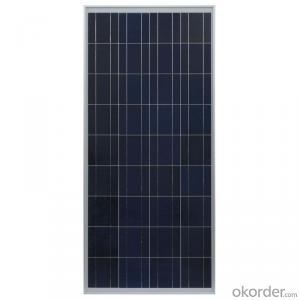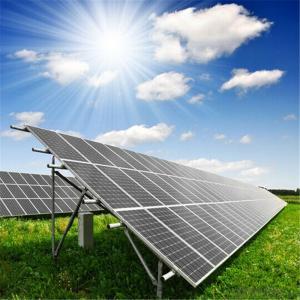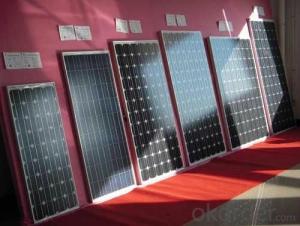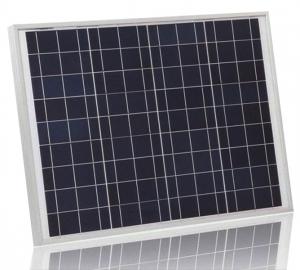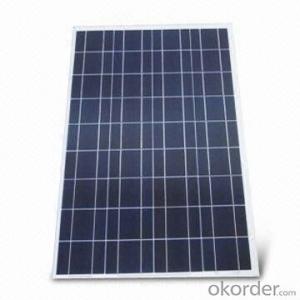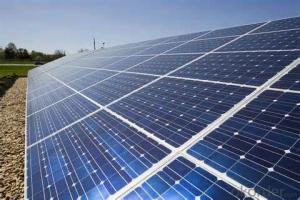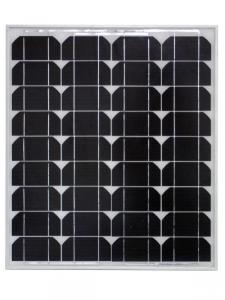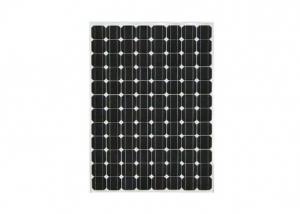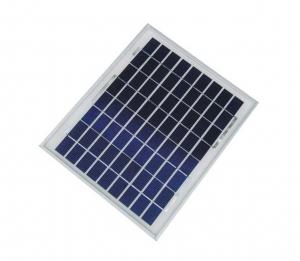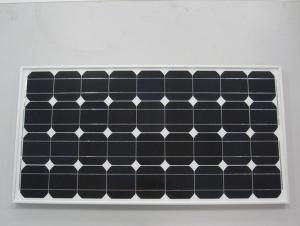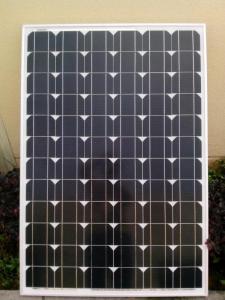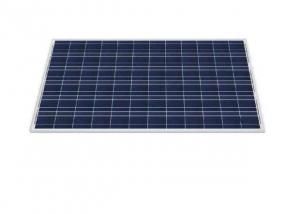120-300W Polycrystalline Solar Panels for Slate Roof Installation
- Loading Port:
- Shanghai
- Payment Terms:
- TT or LC
- Min Order Qty:
- 1 PCS
- Supply Capability:
- 100000 PCS/month
OKorder Service Pledge
OKorder Financial Service
You Might Also Like
Description:
CNBM Solar is a world-leading and Vertical integrated manufacturer of high-performance with Silicon,
Wafer, Cells, Modules, which convert sunlight into electricity for residential, commercial, and utility-scale
power generation.
The capacity of CNBMSolar is reach to 1GW, and make sure each year our shipment capacity is more
Than 700-800MWs, at the same time, we have set up the largest solar power station with our partner
in Ukraine.
CNBM is a Quality + Service oriented company with“Excellence at Each Step” approach, composed of
the finest components from TUV and IEC-certified partners around the world, CNBM modules consistently
undergo a variety of trials at the company’s Test & Development Centre, ensuring peak performance
capabilities. The company is committed to develop and provide the world with clean and renewable energy
to ease the energy shortages as well as human kind’s impact on the environment.
Feature:
Solar cell: high efficiency crystalline solar cell, A level
Even if under the weak light, the solar module can produce maximum power output
Tempered glass: anti-reflecting coating and high transmission rate glass increase the power output and mechanical strength of solar module
EVA and TPT: used high quality EVA and TPT to prevent destroying and water
AI frame: without screw, corner connection, eight holes on the frame can be installed easily
Junction box: multifunction junction box with waterproof feature
Long lifespan: ≥25 years, less power decrease
Warranty:5 years
Production time:10-15 work days
Good performance of preventing from atrocious weather such as wind and hails
Resisting moisture and etching effectively, not effected by geology
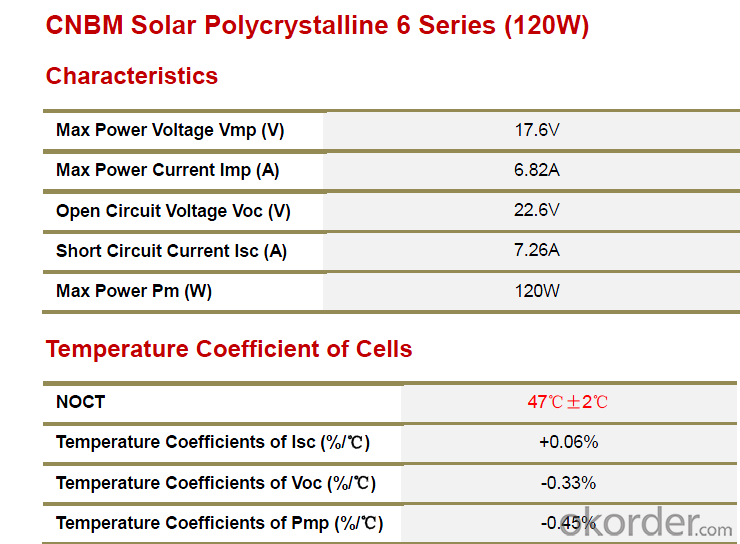
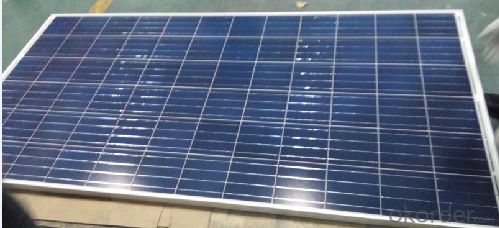
FAQ;Pls introduce more about CNBM
CNBM is a China government leading company ,one of Global Fortune500.
- Q: Are there any government incentives or tax credits for installing solar panels?
- Yes, there are indeed government incentives and tax credits available for installing solar panels. These incentives and credits vary by country and even by state within a country. Many governments offer tax credits, grants, or rebates to promote the adoption of solar energy. Additionally, some countries have implemented feed-in tariffs, which allow solar panel owners to sell excess electricity back to the grid at a premium rate. It is advisable to check with local authorities or consult a professional to understand the specific incentives and tax credits available in your area.
- Q: Are solar panels a good investment?
- Yes, solar panels are a good investment for several reasons. Firstly, they can significantly reduce or eliminate your electricity bills, resulting in long-term cost savings. Additionally, solar panels are environmentally friendly as they harness clean and renewable energy, reducing your carbon footprint. Furthermore, government incentives and tax credits are often available, making solar panel installation more affordable. Lastly, solar panels can increase the value of your property, providing a return on investment if you decide to sell in the future.
- Q: How do solar panels affect the property's energy management system?
- Solar panels can have a significant impact on a property's energy management system. By converting sunlight into electricity, solar panels can provide a clean and renewable source of power, reducing the property's dependence on traditional energy sources. This can lead to significant cost savings on electricity bills and also help to reduce the property's carbon footprint. Additionally, solar panels can integrate with the property's energy management system, allowing for better monitoring and control of energy usage, optimizing the overall efficiency of the system.
- Q: my pool guy cleaned the filter and replaced the DE, but now my roof solar panels have started leaking. how do i stop the leak? does backwashing help in any way?
- If you do not isolate the solar system when backwashing your filter, you WILL pump DE into the panels and plug them and destroy them. At this point you may have to disconnect the panels, wash them from the RETURN SIDE (from the higher pipe and HOPE that the DE will flow out of the panels... most likely your pool guy just screwed up your solar real good... if the DE is plugging your panels, when winter comes your panels will split because they are holding water and the freezing water will split them... I hope your pool guy has insurance
- Q: I have tried researching on the internet and just cant find any real answer. I know that the amount of electricity produced when taking in the suns rays depends on the placement of the solar panels but I am just looking for ball park figures. Thanks
- Guide okorder /
- Q: hi, i got a pond and i am planning of putting some lights on it during night time. but i want to use solar panels and i have done a bit of research about solar panels and i know how they work, i know that the common voltage to use is 2v so you can use car batteries or deep cycle batteries, but my question is:. what wattage of bulb can you recommend2. how long it would take to drain my battery (can i have it overnight)3. and what wattage of solar panel should i get enough to recharge my battery the next day.hope anyone can help..thanks
- You can get 6V cells and SLA batteries. You would get a panel and batteries suitable for the lights you get though. Depending on what you want to do, you shoud look into LED lighting, which is more efficient than incandescent. You do not want to drain your battery flat. Rather you want to draw only 2/3 of its capacity of so. You would find the lights you want (likely 2VDC), and add up the current they draw, and get a battery that would supply enough capacity (in AH, which is amps time hours) for a couple nights use (to account for weak solar days), and a solar panel to charge two days of use in one good day. You would use a charge controller so that the solar panel does not over charge the battery, and some sort of dusk timer to turn your lights on at dusk and off several hours later.
- Q: Can solar panels be installed on a convention center or event venue?
- Yes, solar panels can be installed on a convention center or event venue. In fact, many convention centers and event venues are embracing renewable energy solutions, including solar power, to reduce their carbon footprint and lower electricity costs. Installing solar panels can provide a reliable and sustainable source of energy, making it an ideal choice for these large-scale facilities.
- Q: What is the average size of a solar panel?
- The average size of a solar panel is typically around 65 inches by 39 inches, or about 5.4 feet by 3.25 feet. However, the size can vary depending on the manufacturer and the specific model of the solar panel.
- Q: How do solar panels impact the local job market?
- Solar panels can have a positive impact on the local job market by creating new employment opportunities. The installation and maintenance of solar panels require skilled workers, thus generating jobs in the renewable energy sector. Additionally, the growth of solar energy can stimulate the development of related industries, such as manufacturing and research, further boosting employment prospects in the local area.
- Q: My plans are building several solar panels and have a battery bank. I want to be able to power the refriderator and freezer and occationaly an electric grill. How would This work exactly and what would the best way to hook this up to make it work? I want to be able to convert DC to AC. How many batterys would I need to make this work. I know when Civil unrest happens I want to be prepared. How would Wind Power work If I can get the equipment I need?
- Solar panels and wind/water turbines all produce the energy and feed it into the batteries. Outfeed from the batteries thru an inverter to an electrical panel. From panel to outlets, into which you plug standard appliances and items. You can also get some appliances that run off of 2volt. Check with r.v. companies and suppliers for these. You can also run low voltage wires straight from batteries to switches to lights, fans, etc if you put in 2v ones. Just like your car has lights, fans (ac blower), and radio. As for how many batteries you need will depend upon how much ebergy you will use. You will need to figure how much all of your items use per hour. Then figure how long your charging device could be down for at a time. Solar panels will not charge at all for the 8-2 hours of nightfall depending on your area. Wind turbines will charge day and night so long as wind is of sufficient speed. Water turbines will charge 24/7 so long as water source(creek, stream, river) doesn't run dry. Neccessity/hr=N, time without charging =T. N times T = the amount of backup power you need to get you thru till charging sysytem kicks back in.
Send your message to us
120-300W Polycrystalline Solar Panels for Slate Roof Installation
- Loading Port:
- Shanghai
- Payment Terms:
- TT or LC
- Min Order Qty:
- 1 PCS
- Supply Capability:
- 100000 PCS/month
OKorder Service Pledge
OKorder Financial Service
Similar products
Hot products
Hot Searches
Related keywords

